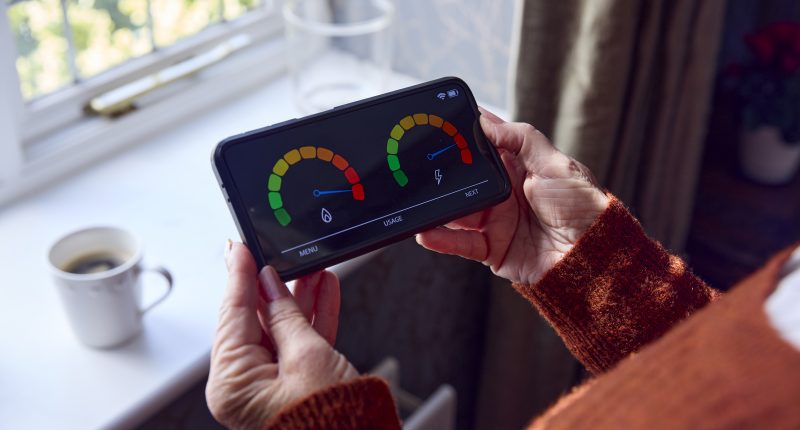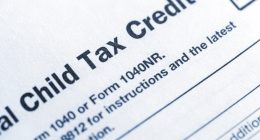MILLIONS of households will pay £238 less a year for their energy bills from today, and could be forking out even less within months.
Ofgem’s latest price cap has come into effect, seeing a typical direct debit customer using gas and electricity now paying £1,690 a year down from £1,928.
The 12% reduction comes after energy bills rose by £94 in January, from £1,834 to £1,928.
But energy bills are set to fall further after today’s latest drop, according to Cornwall Insights.
The consultancy has predicted they will fall by £130 on July 1 from £1,690 to £1,560 when the new price cap comes into effect.
It’s worth noting these are just predictions and Ofgem’s price cap for July to September will be officially announced on May 24.
Read more in Energy Bills
But Cornwall Insights have been relatively accurate in predicting what energy prices will do in the last three quarters.
Dr Craig Lowrey, principal consultant at Cornwall Insights, which previously forecast energy prices to rise less, said it had adjusted its predictions following wholesale prices rising.
“Changes from Ofgem have also left their mark on the price cap with those paying via direct debit due to see a small cost in order to level the playing field for prepayment customers,” he added.
“While no household will want to see forecasts rising, it’s important to recognise that these do still represent a fall from the new cap coming in from April, itself a large drop.”
Most read in Money
What is the energy price cap and how does it affect me?
The energy price cap is a limit on the maximum amount suppliers can charge standard variable tariff customers for each unit of gas and electricity and their standing charge.
It was first introduced in January 2019 to protect customers from being overcharged and currently affects 27million.
Because the price cap is a limit on how much firms can charge you on your energy, it means what you pay depends on your usage.
Ofgem’s £1,690 figure for the latest price cap is based on a typical household, defined as one that has two to three occupants and uses 2,700 kilowatt hours (kWh) of electricity and 11,500 kWh of gas over 12 months.
Larger households containing four or five occupants should expect to pay £2,365 a year from today, based on a consumption of 17,000kWh of gas and 4,100 kWh of electricity.
Meanwhile, if you pay for your electricity via prepayment meter or on receipt of bills, the amount you pay is slightly different.
You can read more about that here.
Energy bill help if you’re struggling
There’s a host of ways you can get help with energy bills if you’re struggling to get by.
If you fall into debt, you can always approach your supplier to see if they can put you on a repayment plan before putting you on a prepayment meter.
This involves paying off what you owe in instalments over a set period.
If your supplier offers you a repayment plan you don’t think you can afford, speak to them again to see if you can negotiate a better deal.
Several energy firms have grant schemes available to customers struggling to cover their bills.
But eligibility criteria varies depending on the supplier and the amount you can get depends on your financial circumstances.
For example, Scottish Gas customers struggling to pay their energy bills can get grants worth up to £750.
EDF, E.ON, Octopus Energy and Scottish Power all offer grants to struggling customers too.
Thousands of vulnerable households are missing out on extra help and protections by not signing up to the Priority Services Register (PSR) too.
READ MORE SUN STORIES
How do I calculate my energy bill?
BELOW we reveal how you can calculate your own energy bill.
To calculate how much you pay for your energy bill, you must find out your unit rate for gas and electricity and the standing charge for each fuel type.
The unit rate will usually be shown on your bill in p/kWh.The standing charge is a daily charge that is paid 365 days of the year – irrespective of whether or not you use any gas or electricity.
You will then need to note down your own annual energy usage from a previous bill.
Once you have these details, you can work out your gas and electricity costs separately.
Multiply your usage in kWh by the unit rate cost in p/kWh for the corresponding fuel type – this will give you your usage costs.
You’ll then need to multiply each standing charge by 365 and add this figure to the totals for your usage – this will then give you your annual costs.
Divide this figure by 12, and you’ll be able to determine how much you should expect to pay each month from April 1.
The service helps support vulnerable households, such as those who are elderly or ill, and some of the perks include being given advance warning of blackouts, free gas safety checks and extra support if you’re struggling.
Get in touch with your energy firm to see if you can apply.
Do you have a money problem that needs sorting? Get in touch by emailing [email protected].
Plus, you can join our Sun Money Chats and Tips Facebook group to share your tips and stories.
This post first appeared on thesun.co.uk








